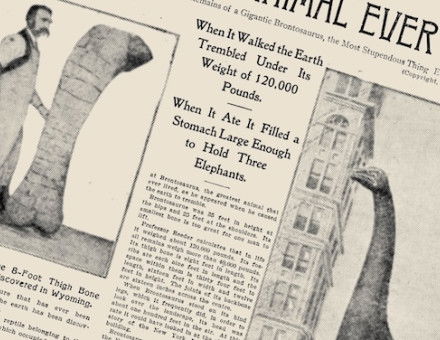The Cloth Mills of the Stroud Valley
During the Industrial Revolution, many “dark Satanic mills” arose to scar the English landscape. But in Gloucestershire, writes Esther A.L. Moir, home of the cloth industry, commerce and the art of architecture achieved a happy compromise.
The great medieval wool trade of the Cotswolds has left its memorials in countless villages of stone-built streets, with gabled houses and square market houses, dominated by magnificent churches.
Those Perpendicular towers, built by the woolmen who lie calmly on their brasses, their feet resting on the wool-sacks that brought them their wealth, speak eloquently enough of the prosperity of the countryside in the Middle Ages.
Yet the second chapter of that story, when the export of wool gave place to the manufacture of cloth, equally concerns a flourishing industry that, in a setting entirely unlike these rolling upland wolds, has yet left its mark on the face of the land.
By the middle of the sixteenth century, the industry was migrating away from the older wool-towns, Cirencester, Chipping Campden, Northleach and so on, to the valleys lying at the foot of the Cotswold scarp. Here there were swiftly flowing streams, rising from the beds of lias clay underlying the oolite limestone, which could supply the growing industry with the water-power it needed to work the fulling mills that felted the fibre of the cloth.





